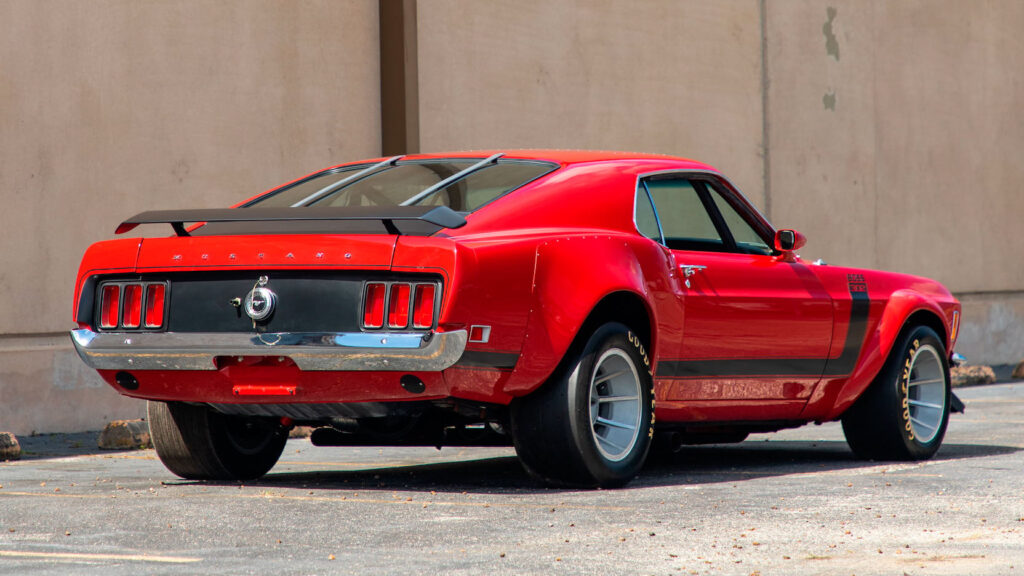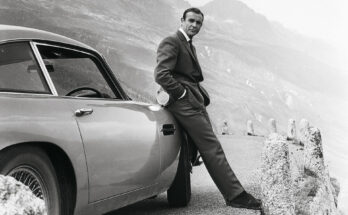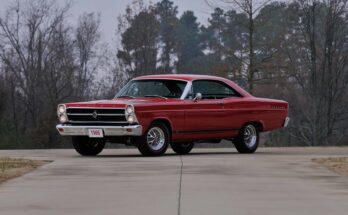The 1970 Ford Mustang Boss 302 is an icon of the American muscle car era, a purpose-built machine designed to dominate both the racetrack and the street. Crafted to compete in the SCCA Trans-Am racing series, the Boss 302 combined aggressive styling, raw V8 power, and razor-sharp handling, making it one of Ford’s most celebrated performance cars of the 1970s. It wasn’t just a Mustang—it was a statement of Ford’s engineering prowess and a direct shot at rivals like the Chevrolet Camaro Z/28.
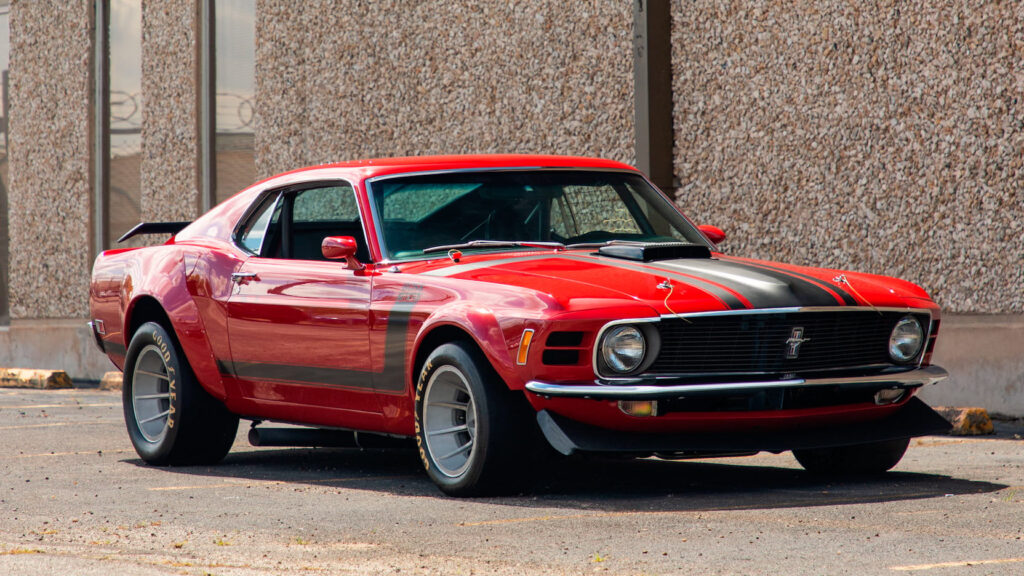
Design and Styling
The 1970 Mustang Boss 302 stood out with its bold, muscular design, part of the Mustang’s first major redesign since its 1964 debut. Built on the larger, wider 1969–1970 Mustang platform, it featured a low-slung profile, a sleek fastback body (officially called the “SportsRoof”), and aggressive styling cues. Its signature look included a blacked-out hood with functional shaker scoop, chin spoiler, rear window slats, and bold “Boss 302” decals. Optional chrome Magnum 500 wheels and vibrant paint colors like Grabber Blue, Grabber Orange, and Calypso Coral made it a visual standout.The interior was purposeful yet functional, with high-back bucket seats, a sporty three-spoke steering wheel, and a minimalist dashboard focused on the driver. Standard vinyl upholstery could be upgraded to comfort-weave material, and options like a tachometer, AM radio, and fold-down rear seat added versatility. The Boss 302’s cockpit was designed for performance driving, prioritizing control over luxury, though it retained enough comfort for daily use.
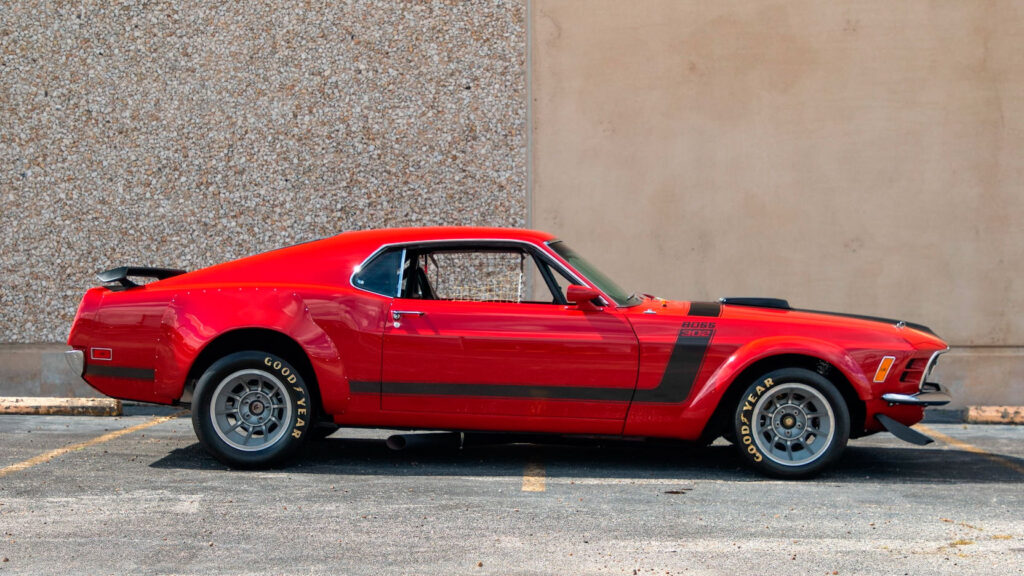
Performance
The heart of the Boss 302 was its 302-cubic-inch (4.9L) V8 engine, a high-revving masterpiece engineered for Trans-Am racing. With a high-compression ratio, solid lifters, and a four-barrel Holley carburetor, it was rated at 290 horsepower at 5,800 rpm and 290 lb-ft of torque at 4,300 rpm—though real-world output was likely closer to 350 horsepower due to conservative factory ratings. The engine featured a forged crankshaft, four-bolt mains, and Cleveland-style heads with large valves, allowing it to scream up to 8,000 rpm on the track.Power was sent through a close-ratio four-speed manual transmission (no automatic was offered), paired with a 3.50:1 or optional 3.91:1 rear axle for quick acceleration. The Boss 302 could hit 0-60 mph in about 6.0–6.5 seconds and run the quarter-mile in 14.6 seconds at 97 mph, as tested by Car and Driver in 1970. Its suspension—stiffened springs, heavy-duty shocks, and a front stabilizer bar—was tuned for precision handling, making it a corner-carving beast compared to heavier muscle cars. Upgraded disc brakes and staggered rear shocks further enhanced its track-ready dynamics.
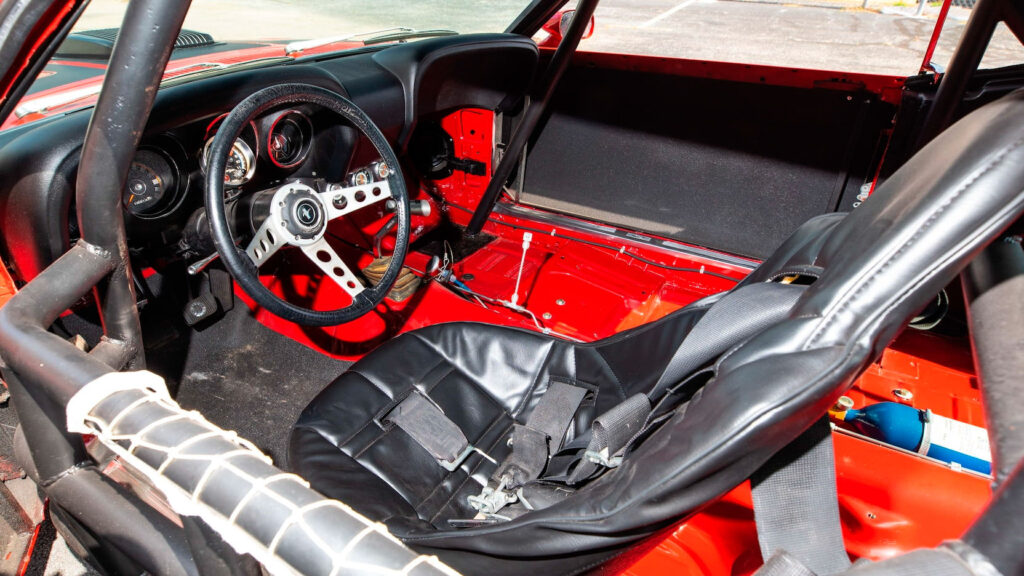
Features and Innovations
The Boss 302 was a homologation special, built to meet SCCA requirements that mandated street-legal versions of race cars. Ford produced 7,013 units in 1970, each packed with performance-focused features:
- Shaker Hood: A functional air intake that fed cold air directly to the engine, boosting power and adding visual flair.
- Competition Suspension: Stiffer springs and shocks optimized for handling, a rarity among muscle cars focused on straight-line speed.
- Quick-Ratio Steering: A 16:1 steering box for sharper response, ideal for twisty tracks.
- Limited-Slip Differential: Standard Traction-Lok for better grip during hard launches.
Priced at around $3,720 (about $32,000 in 2025 dollars), the Boss 302 was a premium Mustang, positioned above the Mach 1 but below the fire-breathing Boss 429. It came well-equipped with performance hardware, though luxury options like air conditioning were rare, keeping the focus on driving purity.
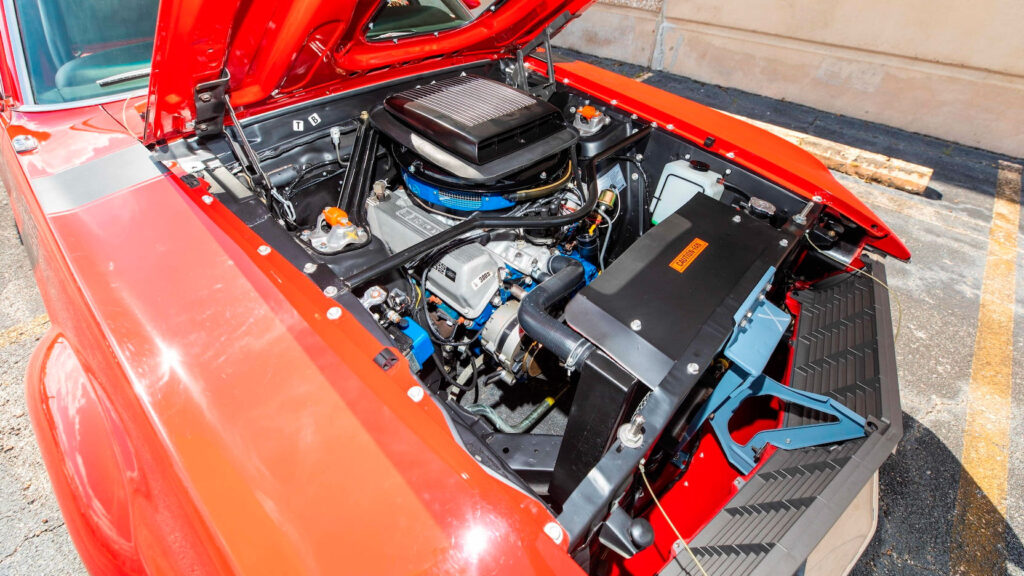
Market and Reception
The Boss 302 was Ford’s answer to the Chevrolet Camaro Z/28, its primary rival in Trans-Am racing. In 1970, Ford clinched the Trans-Am championship with the Boss 302, driven by legends like Parnelli Jones, proving its track credentials. On the street, it appealed to enthusiasts who craved a car that could handle curves as well as it roared down the drag strip. While it didn’t outsell the more mainstream Mustang Mach 1 (40,970 units in 1970), the Boss 302’s rarity and performance pedigree made it an instant classic.
Cultural Impact and Legacy
The 1970 Boss 302 captured the peak of the muscle car era, just before emissions regulations and fuel crises began to erode performance. Its racing success and striking design cemented its status as a cultural icon, embodying the raw, rebellious spirit of late-1960s and early-1970s America. The Boss 302 name was so revered that Ford revived it for the 2012–2013 Mustang, paying homage to the original’s legacy.Today, the 1970 Boss 302 is a collector’s dream, with pristine examples fetching $70,000–$150,000 at auctions, depending on options and condition. Matching-numbers cars in rare colors or with documented racing history can command even higher prices. Its combination of rarity, performance, and iconic styling ensures its place among the greatest Mustangs ever built.
